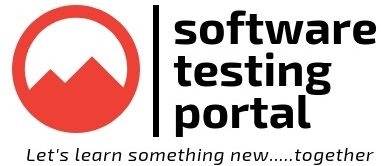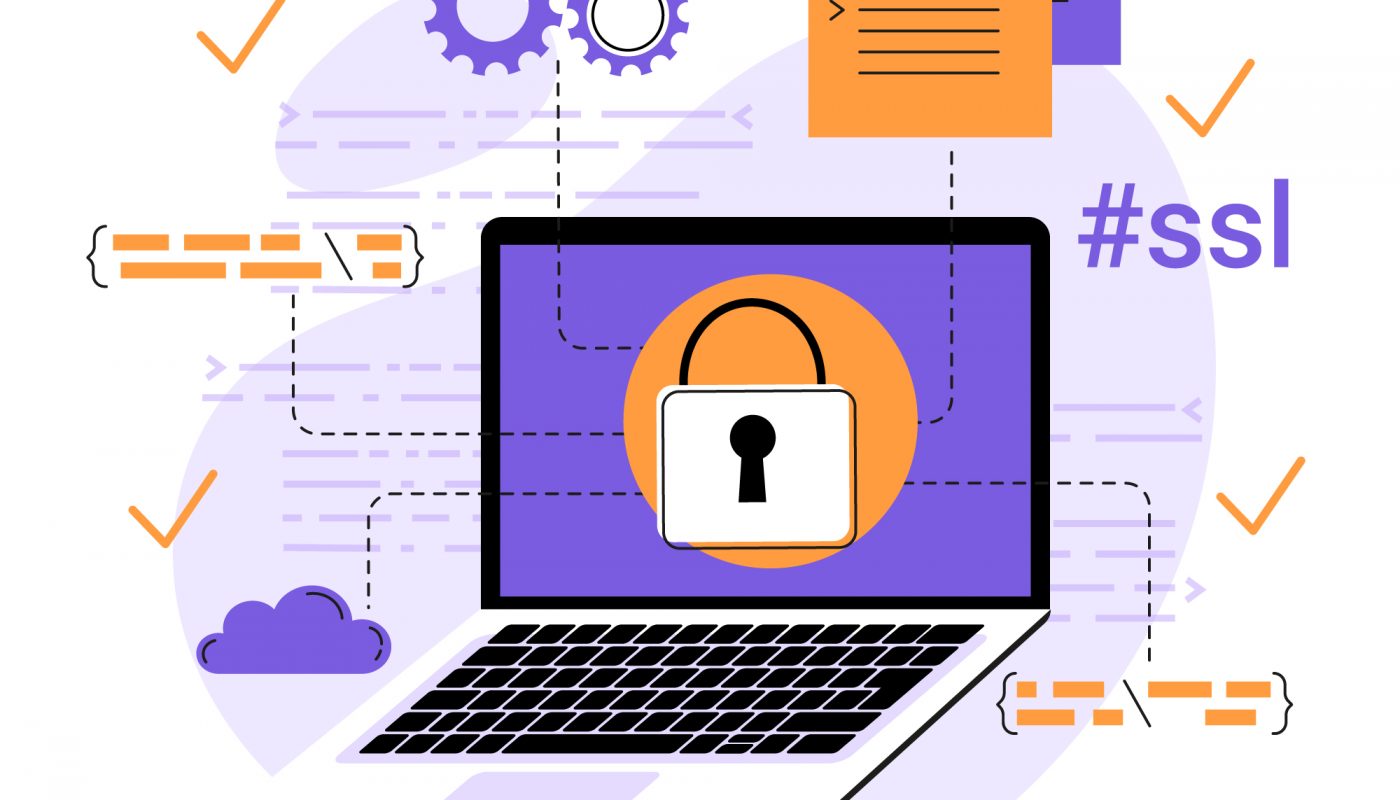What is Security Testing?
Security testing is a process of evaluating a software application, system, or network to identify and rectify vulnerabilities and weaknesses that could lead to unauthorized access, data breaches, or system compromises.
Why is Security Testing Important?
Security testing is crucial because it helps:
- Protect sensitive data
- Ensure the confidentiality, integrity, and availability of the system
- Comply with industry standards and regulations
- Prevent financial loss and damage to reputation
Types of Security Testing
Penetration Testing
Penetration testing, often referred to as “ethical hacking,” involves simulating real attacks to identify vulnerabilities. Skilled testers attempt to exploit weaknesses to demonstrate potential risks.
Vulnerability Scanning
Vulnerability scanning uses automated tools to identify known vulnerabilities in your system or network. It’s an efficient way to detect low-hanging fruit.
Security Auditing
Security auditing involves reviewing system configurations, access controls, and policies to identify security weaknesses. This can be done manually or with the help of tools.
Security Code Review
Security code review involves examining the source code for security flaws, such as injection vulnerabilities, insecure data storage, and authentication issues. Tools like static code analyzers can help.
Threat Modeling
Threat modeling is a proactive approach to security. It identifies potential threats and vulnerabilities during the design phase, allowing you to mitigate them early.
Security Testing Process
Planning
Define the scope, objectives, and methodologies of your security testing. Establish timelines and gather the necessary resources.
Scanning
Perform security scans and tests using the selected tools and methodologies. This may include penetration testing, vulnerability scanning, and code reviews.
Analysis
Examine the results of your tests, prioritize vulnerabilities, and assess their potential impact. Determine whether they are false positives or actual threats.
Reporting
Create a comprehensive report detailing the vulnerabilities, their severity, and recommendations for remediation. Share this with the development and operations teams.
Remediation
Collaborate with developers and administrators to fix identified vulnerabilities. Ensure proper testing and validation of fixes before deploying updates.
Security Testing Best Practices
Define a Security Testing Strategy
Establish clear objectives, scope, and methodologies for your security testing. Consider the critical areas to focus on based on your application’s functionality.
Understand Your Application
Comprehend the architecture, components, and data flows in your application. Knowing how your system works is essential for identifying potential vulnerabilities.
Create Test Cases
Develop comprehensive test cases that cover different aspects of security, such as authentication, authorization, data validation, and encryption.
Use Security Testing Tools
Leverage security testing tools to automate scans and assessments. Some popular tools include OWASP ZAP, Nessus, Burp Suite, Metasploit, and Wireshark.
Test for OWASP Top 10 Vulnerabilities
Pay special attention to the OWASP Top 10, a list of the most critical web application security risks. These include issues like injection attacks, broken authentication, and security misconfigurations.
Conduct Regular Testing
Security is an ongoing process. Schedule regular security tests to ensure that new vulnerabilities are not introduced as your application evolves.
How to perform security testing parallel in each stage of the software development life cycle(SDLC)
Performing security testing in parallel with each stage of the Software Development Life Cycle (SDLC) is a best practice known as “Shift Left” security. This approach ensures that security is considered and integrated from the early stages of development rather than being tacked on at the end. Here’s how you can perform security testing at each stage of the SDLC:
- Requirements Phase:
Threat Modeling: Identify potential security threats and vulnerabilities based on project requirements. Use threat modeling tools to visualize and analyze the threat landscape. Design Phase:
Security Architecture Review: Assess the security of the system’s architecture and design. Ensure that proper security measures, such as authentication, authorization, and encryption, are incorporated into the design.Development Phase:
– Static Application Security Testing (SAST): Use SAST tools to analyze the source code for security vulnerabilities. Developers can receive early feedback on issues they introduce.– Code Review: Conduct manual code reviews to identify security flaws, such as injection vulnerabilities, authentication issues, and insecure data handling.
Testing Phase:
– Dynamic Application Security Testing (DAST): Perform dynamic scanning of the running application to find vulnerabilities like input validation issues, session management problems, and other runtime issues.– Penetration Testing: Simulate real-world attacks to identify vulnerabilities that automated testing might miss. This stage helps validate the effectiveness of security controls.
Deployment Phase:
Security Configuration Audit: Ensure that the deployed system is configured securely. This includes reviewing server configurations, database settings, and access controls.Operations and Maintenance Phase:
– Continuous Monitoring: Implement tools for continuous security monitoring to detect and respond to new vulnerabilities and threats as they emerge.– Incident Response: Develop and regularly update an incident response plan to react to security incidents promptly.
- Post-Release Phase:
Security Patch Management: Continuously monitor for security updates and apply patches to address vulnerabilities as they are discovered. - User Training and Awareness
Educate end-users and administrators about security best practices and the importance of maintaining a secure environment.To perform security testing effectively in parallel with each stage of the SDLC:
Integrate Security into Workflows: Incorporate security checks and approvals into your development and release pipelines. Automated tools, like CI/CD security plugins, can help with this.
Collaboration: Promote collaboration between security teams and development teams. Security experts should work closely with developers to provide guidance and support.
Security Standards and Guidelines: Establish security coding standards and guidelines that developers should follow throughout the development process.
Automate Security Testing: Utilize automated security testing tools to ensure consistency and efficiency in identifying vulnerabilities.
Documentation and Reporting: Maintain detailed documentation of security findings and regularly communicate security status to relevant stakeholders.
Regular Training: Provide ongoing training and awareness programs for development and operations teams to keep them updated on the latest security threats and best practices.
Example Test Scenarios for Security Testing
Here are some example test scenarios for security testing, organized by various aspects of security to cover a wide range of potential vulnerabilities and threats:
1. Authentication and Authorization:
1.1. Authentication Bypass:
Verify that an unauthenticated user cannot access restricted areas or features.
Attempt to log in with incorrect credentials and check if the system prevents unauthorized access.
1.2. Password Policy:
Test the system to ensure it enforces password complexity rules.
Verify that users are prompted to change their passwords periodically.
1.3. Session Management:
Log in with one account, and then attempt to access another user’s account to ensure proper session isolation.
Check for session timeouts and session fixation vulnerabilities.
2. Input Validation:
2.1. SQL Injection:
Attempt to inject SQL code into input fields to verify that the system prevents SQL injection attacks.
2.2. Cross-Site Scripting (XSS):
Try injecting malicious scripts into user inputs to check if the application escapes or filters out dangerous script code.
2.3. Cross-Site Request Forgery (CSRF):
Craft a request that tricks an authenticated user into executing unwanted actions, such as changing their password or sending funds.
3. Data Security:
3.1. Data Encryption:
Verify that sensitive data, such as passwords and payment information, are properly encrypted during transmission (using HTTPS) and storage.
3.2. Data Leakage:
Attempt to access restricted data by manipulating URLs, cookies, or hidden fields.
Verify that confidential data is not exposed in error messages.
4. Configuration Management:
4.1. Security Misconfiguration:
Check for default configurations and ensure they have been changed to more secure settings.
Verify that unnecessary services and ports are not exposed.
4.2. File Uploads:
Attempt to upload malicious files and verify that the system correctly identifies and blocks them.
Ensure that uploaded files are stored securely and cannot be executed on the server.
5. Access Control:
5.1. Unauthorized Access:
Check if regular users can access administrative functions.
Verify that users can only view and modify data they are authorized to access.
5.2. Role-Based Access Control:
Confirm that different roles have the appropriate permissions, and users cannot escalate their privileges.
6. Error Handling:
6.1. Detailed Error Messages:
Attempt to cause errors in the application and verify that detailed error messages do not reveal sensitive information about the system.
7. Business Logic:
7.1. Business Logic Flaws:
Test the application for logical vulnerabilities, such as order manipulation, price changes, or access to unauthorized resources.
8. API Security:
8.1. API Authentication and Authorization:
Ensure that APIs are properly protected with authentication and authorization mechanisms.
Test for insecure direct object references.
8.2. API Rate Limiting and Throttling:
Verify that APIs have rate limiting to prevent abuse.
Security Testing Tools
Web Application Security Testing:
OWASP ZAP (Zed Attack Proxy): An open-source web application security scanner and proxy tool. It helps you find security vulnerabilities in web applications during development and testing.
Burp Suite: A comprehensive tool for web application security testing, including scanning, crawling, and proxy features. It is widely used by penetration testers and security professionals.
Nessus: A powerful vulnerability scanner that can scan networks for security vulnerabilities and misconfigurations. It provides detailed reports and recommendations for remediation.
Acunetix: A web vulnerability scanner that can detect a wide range of security issues in web applications, including SQL injection, cross-site scripting, and more.
Nikto: An open-source web server scanner that identifies various vulnerabilities and misconfigurations, such as outdated software and security issues.
AppScan (IBM Security AppScan): A tool for web application security testing, offering features like dynamic scanning, static scanning, and interactive scanning.
Network Security Testing:
Wireshark: A widely-used network protocol analyzer that helps you capture and inspect data on a network. It is invaluable for understanding network traffic and diagnosing network issues.
Nmap (Network Mapper): A versatile network scanning tool that can discover open ports, services, and vulnerabilities on remote hosts.
Metasploit: A penetration testing framework that includes a collection of tools for finding and exploiting vulnerabilities. It is often used by security professionals for ethical hacking.
Code Analysis and Static Analysis:
Checkmarx: A static code analysis tool that identifies security vulnerabilities in source code. It’s used to find and remediate security issues early in the development process.
Fortify (Micro Focus Fortify): A suite of tools for static and dynamic application security testing. It helps identify and fix vulnerabilities in code.
Mobile Application Security Testing:
MobSF (Mobile Security Framework): An open-source mobile application security assessment tool that supports Android and iOS applications.
Drozer: A comprehensive Android security testing framework that helps find and exploit vulnerabilities in Android apps.
Cloud Security Testing:
Prowler: A security tool for AWS that performs security best practices checks on your AWS infrastructure.
Terraform Compliance: A tool to check security compliance with Terraform templates, which are used for infrastructure as code in cloud environments.
Database Security Testing:
Sqlmap: An open-source penetration testing tool that automates the process of detecting and exploiting SQL injection vulnerabilities.
DbProtect (Trustwave DbProtect): A database security tool that identifies vulnerabilities and misconfigurations in databases and provides recommendations for securing them.
Operating System and Server Security Testing:
OpenVAS (Open Vulnerability Assessment System): An open-source vulnerability scanner that can scan for vulnerabilities on servers and systems.
Lynis: A security auditing tool for Unix and Linux-based systems. It performs system hardening and compliance testing.
Security testing is an integral part of ensuring the safety and integrity of your software and systems. By following best practices, using appropriate tools, and conducting various types of security testing, you can significantly reduce the risk of security breaches and protect your organization’s valuable assets. Remember that security is an ongoing process, so regularly test and update your security measures to stay ahead of potential threats.

